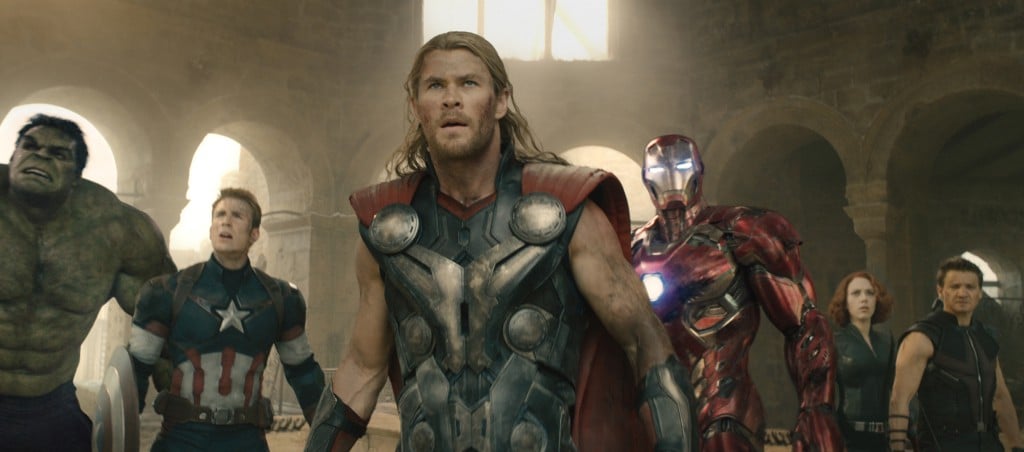Are Marvel Movies Ugly? Color Grading and the MCU
They’re supposed to pop but chromatically these films fall flat. Why?

There is no doubt that the Marvel Cinematic Universe is enjoying unprecedented success. A dozen-plus films, multiple franchises all interweaving around the same core storyline, and all dragging in hundreds of millions of dollars at the box office, not to mention mostly positive critical reception. Marvel hires well, casts well, promotes well, and delivers – for the most part – what its eager, loyal, and expectant fan base wants. There’s yet to be a Marvel movie that’s been universally panned, and likely there won’t be as the Marvel formula is seemingly flawless. Except maybe for one thing:
Are the Marvel movies ugly?
I’m not talking tone or subject, I mean literally, do Marvel movies look bad? They all have a certain flat chromatic scheme to them, a sort of grayscale sheen that mutes the colors and sets scenes beneath a bland veneer. This is the result of color grading, basically just the process of digitally altering the color of a film. It’s why Refn’s recent films are saturated in neon and Zack Snyder’s are dark and murky. It’s a relatively recent innovation, first used in the Coens’ O Brother, Where Art Thou?, and it has since gone on to become a standard staple in every filmmaker’s toolkit.
In the following video essay from Patrick (H) Willems, the subject is the specific color grading used by Marvel in all their films except the early entries to Phase 1: Thor and Iron Man 1 & 2. These films, though, weren’t susceptible to the color grading process because they were shot on film. Starting with Captain America: The First Avenger and ever after, Marvel films have been shot digitally, and the color grading imposed has been the same for each film: that slate, dull, almost ashen veil over everything.
Now, this isn’t a knock on the MCU cinematography, not at all. Some of the top people in the field – Matthew Libatique, Seamus McGarvey, Ben Davis, Trent Opaloch, to name a few – are shooting these flicks, and together they’ve produced enough “perfect shots” that we were easily able to put together this list. But color grading is a part of the cinematographical process when it comes to shooting digitally, and Willems expertly walks you through the technical and artistic compromises to which filmmakers and cinematographers must bend. Don’t worry though, even if you’re not technologically-inclined – which I am not – there’s nothing here that will go over your head, and in fact, Willems presents his argument clearly, concisely, and in a way that even the most ignorant Luddite can understand.
Whether you agree or not with Willems’ assessment that the Marvel film are ugly ducklings, you can’t deny this is a fascinating look at the advantages and hindrances not just to color grading, but on shooting digitally instead of on film.
